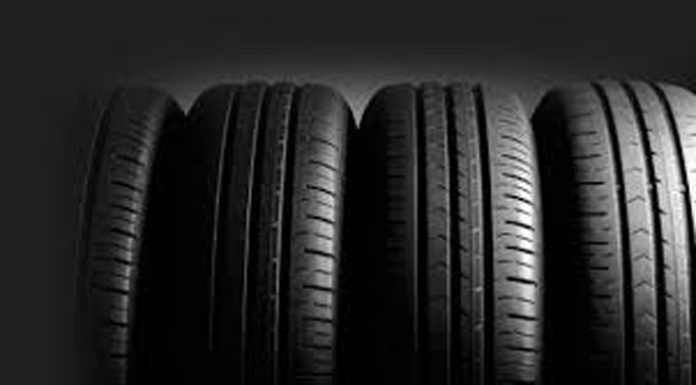Rubber prices on the Tokyo Commodity Exchange have plummeted 17% in just three months. And the domestic price of RSS Grade 4 rubber also fell 6% in three months and about 24% from the year-ago level.
The initial trigger was the forecast of a rubber supply overhang in international markets for 2018. But in the last few weeks, prices of this commodity that widely supports the automobile industry as the key input in the manufacture of tyres, succumbed on fears of an intensifying trade war between the US and China.
The problem lies in that China is the world’s largest producer of automobile tyres, followed by the US. But the bone of contention is China’s position as the world’s largest exporter of tyres—it exports nearly two-thirds of its production. In fact, the US’s position in the international markets has weakened with tyre exports contracting by a fourth (2016 data).
So the worrisome question is—will China’s tyre industry get caught in the tariff crossfire between the two nations? According to a Bloomberg report, the Chinese products in the proposed US tariff list includes new and retreaded pneumatic tyres and non-radial rubber tyres used in aircraft. Analysts expect that with China’s retaliation, the scenario may worsen in terms of including a wider range of products.
Any cutback in US imports due to unviable duty structures is bound to puncture the revenue and profits of Chinese tyre firms. In July 2015, when the US imposed hefty punitive tariffs on Chinese tyres, there was collateral damage to rubber exports from South-East Asian countries, that finally saw prices plunging down.
Further, the Chinese industry is already suffering from lower production due to environmental restrictions and a slowdown in domestic automobile growth rates.
Therefore, the speculation and fall in rubber price futures is not surprising. Meanwhile, trade tensions have come at a time when the international markets had already estimated a supply glut in rubber during the year. In fact, spiralling rubber prices had started cooling off since October in international markets.
In domestic markets, the price of RSS Grade 4 rubber is down by nearly 25% in a year on better-than-expected production. And weak international sentiment is fuelling the fall.
Tumbling rubber prices bode well for this industry, where rubber comprises about two-thirds of the total cost of production. Further, this could offset the adverse impact of rising crude oil prices—another input in tyre production.
Tyre sales have been zooming and will continue to do well on the back of rising domestic vehicle sales. Demand from both the original equipment and replacement market segments is estimated to sustain at the current robust levels, at least for another year. Therefore, strong revenue and low raw material cost is the perfect recipe for improving profitability. Hence the euphoria seen in tyre stock counters is justified. Stocks such as Apollo Tyres Ltd, MRF Ltd, and JK Tyre and Industries Ltd have jumped by 15-20% since October, backed by strong revenue growth in the last two quarters.
But one must tread cautiously as there could be some negative implications for the Indian tyre industry if China decides to dump surplus tyre production at throwaway prices to clear stock. So far, the anti-dumping duty in India is keeping Chinese imports that wreaked havoc on Indian tyre manufacturers, at bay. But industry experts say that tweaking the tyre grades can help circumvent the tariff classification.

















































